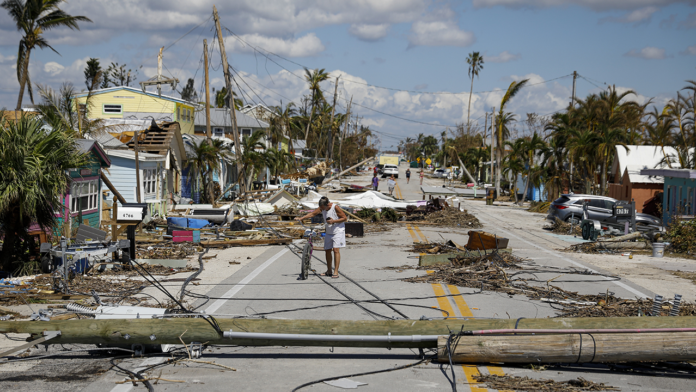More than 50 people have died to Ian, one of the most powerful hurricanes to hit the U.S., and its subsequent weather effects such as structural damage and flooding.
The state of Florida was the most deadly, with at least 47 deaths confirmed in the state. Four deaths were confirmed in North Carolina and three in Cuba.
On Saturday, North Carolina Gov. Roy Cooper confirmed the deaths in his state and his office said they mostly happened in Johnston County.
A 25-year-old man passed away when he lost control of his car and hydroplaned into another vehicle. A 24-year-old died when she veered off the road and crashed into a tree.
A 65-year-old man died early Saturday morning in Johnston County from carbon monoxide poisoning from a generator in his closed garage. His wife was hospitalized.
A fourth person died by drowning when officials said his truck became submerged in a flooded swamp in Martin County Friday night.
Ian continues to weaken over Saturday night and into Sunday as its once 150 mph wind speed has fallen to a mere 15 mph sustain speed.
The decrease was not before the storm washed out bridges and piers, pushed massive boats into buildings onshore and sheared roofs off homes, leaving millions without power. Most of those who lost power from the storm have had it restored.
The bulk of the deaths confirmed in Florida were from drowning in storm waters, but others from Ian’s tragic aftereffects. An older couple died when they lost power and their oxygen machines shut off, authorities said.
As of Saturday night, nearly 1,600 people had been rescued from flooded areas along Florida’s southwestern coast alone, FEMA said.
President Joe Biden and first lady Jill Biden will travel to Florida on Wednesday, the White House announced Saturday.
Fox News’ Sarah Sarah Rumpf and The Associated Press contributed to this report.




